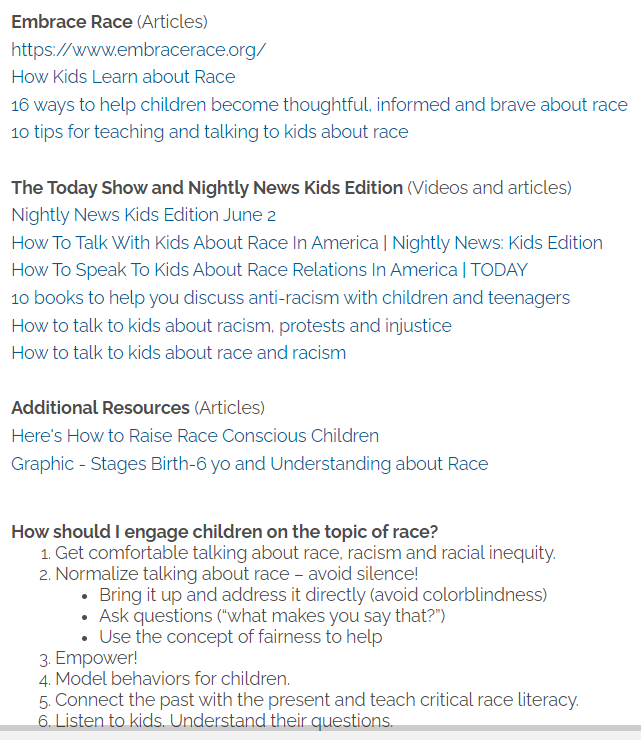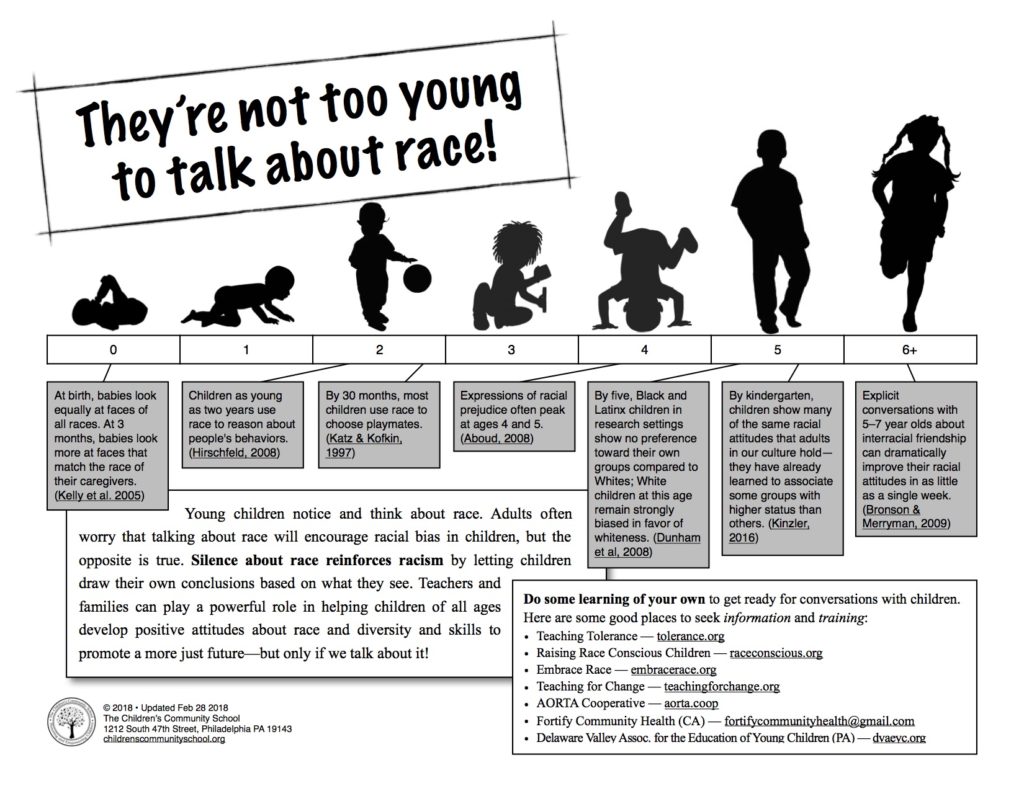
Gates Chili Central School District has “Moral Imperative” statement that acknowledges “white privilege” and “systemic racism”
Incidents
The Gates Chili Central School District has a page online called “Root Cause and Equity Journey.” The district argues on the page that “equity” is better than “equality.” The district states: “For years, schools have focused on equality, aiming to provide an educational environment equal for all students. In recent times, that paradigm has shifted to equity, that is, giving everyone what they need to be successful. This shift is due in part to a better understanding of the importance of culturally-responsive education and the identification of disproportionality.” The district then explains that the Board of Education adopted a “Moral Imperative” in the fall of 2020.
This “Moral Imperative” statement is posted online on the district’s BoardDocs website. The Board of Education uses the document to acknowledge “white privilege” and “systemic racism.” The document states:
Gates Chili Central School District has a moral duty to serve our students and families. Every student must be able to receive an equitable education where they are represented, protected, and able to thrive. We acknowledge the presence of white privilege and bias and how this perpetrates systemic racism. Gates Chili Central School District is committed to the necessary growth required to develop and sustain equity and dismantle disproportionality.

The school district’s website also has a page titled “Resources for Talking about Race and Racism.” Resources on this page include the “Center for Racial Justice in Education,” “EmbraceRace,” “How to talk to kids about race and racism,” and “Graphic – Stages Birth-6 yo and Understanding about Race.” That last graphic resource attempts to argue that babies can show signs of racism as young as three months old. The graphic also explains that “expressions of racial prejudice often peak at ages 4 and 5.” The graphic then states:
By five, Black and Latinx children in research settings show no preference toward their own groups compared to Whites; White children at this age remain strongly biased in favor of whiteness.”



Stay Informed
